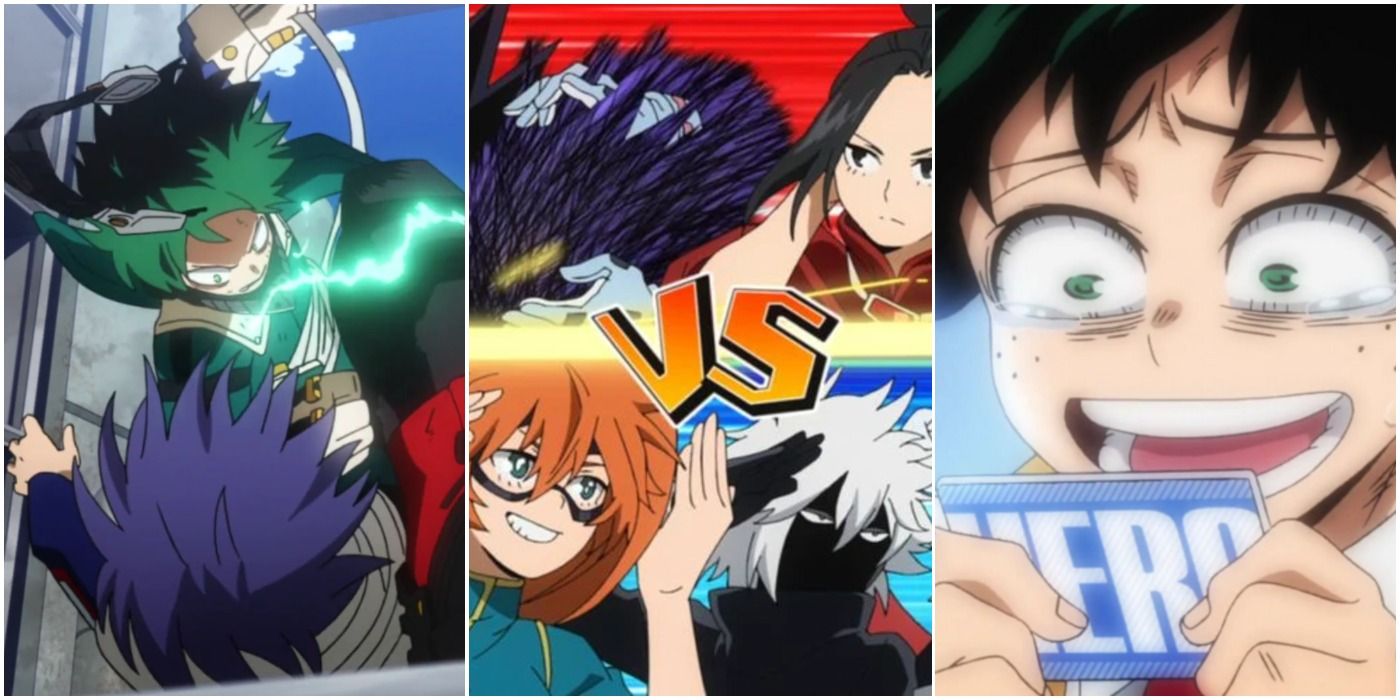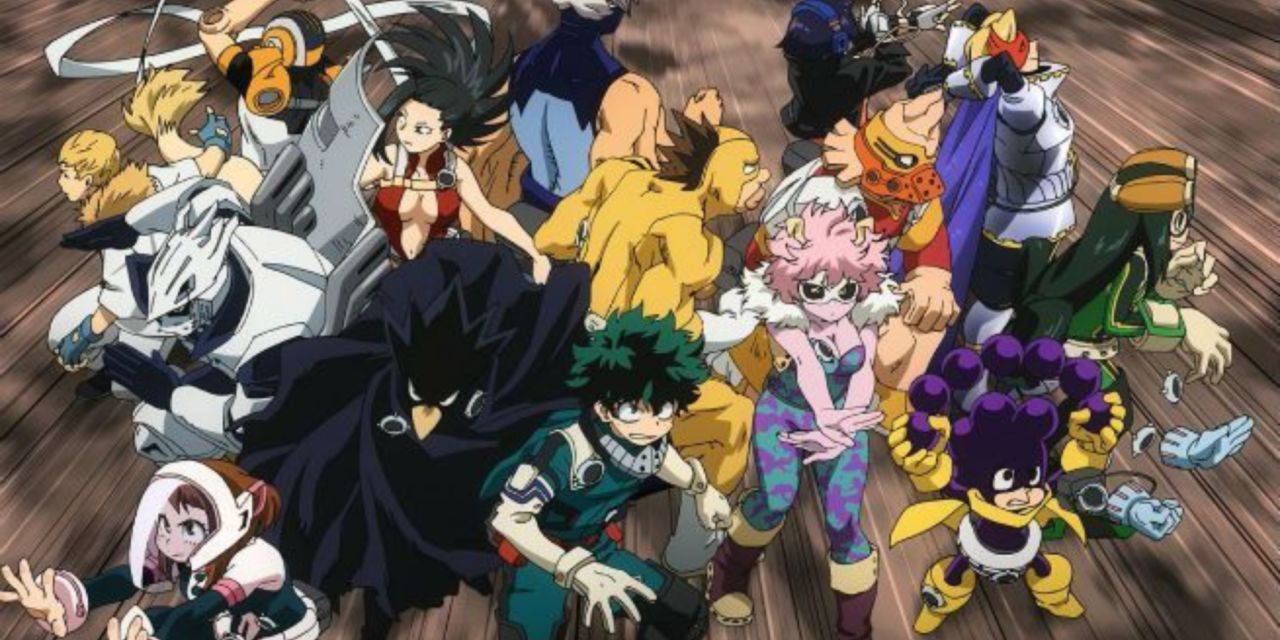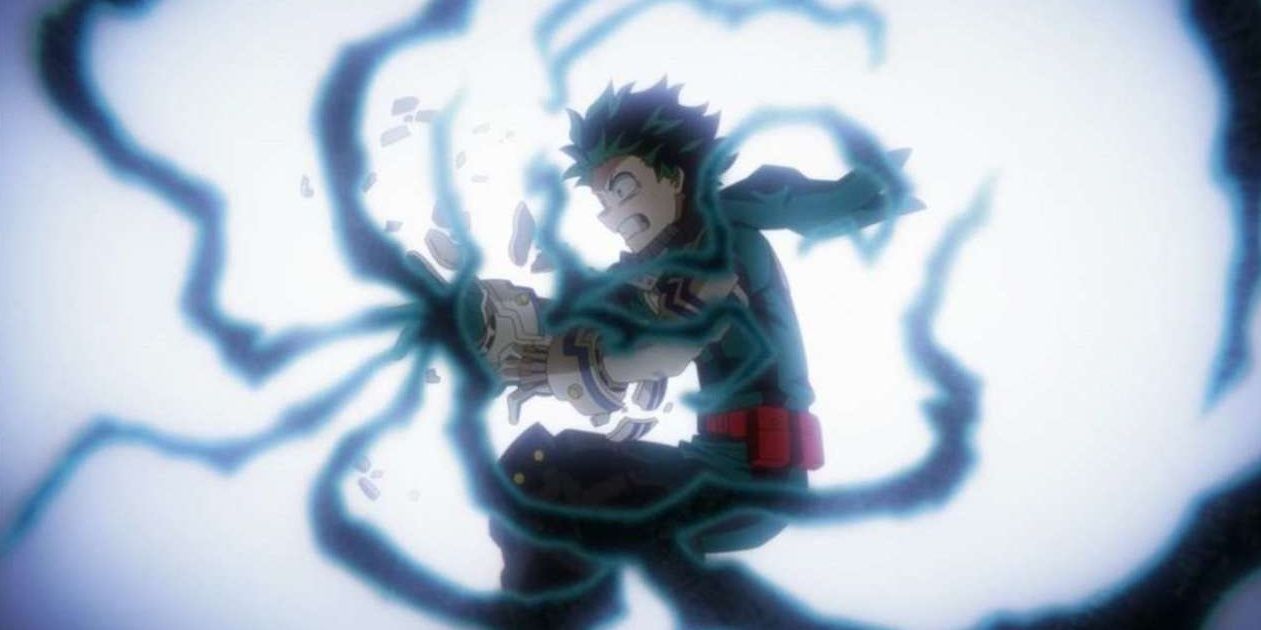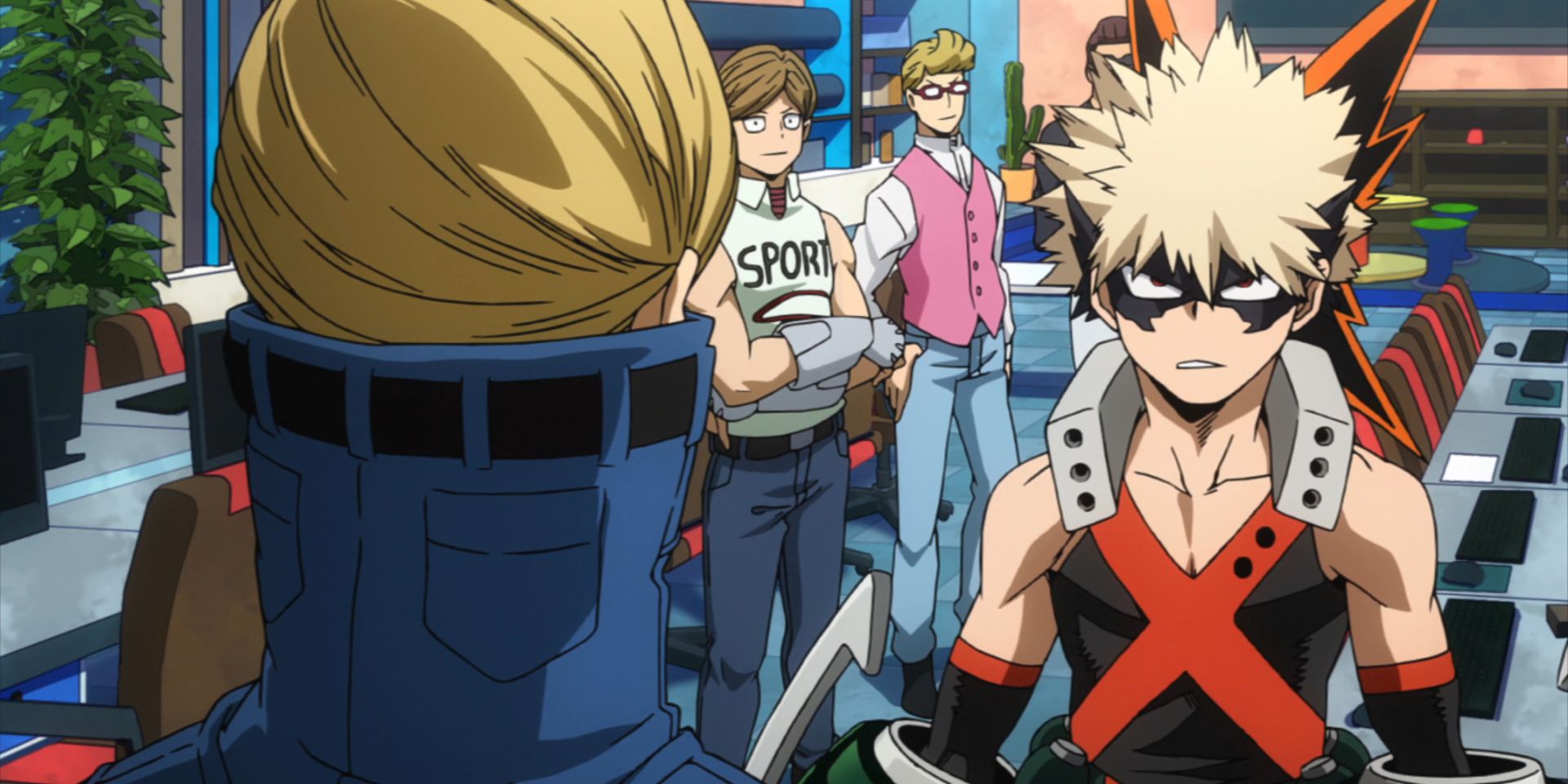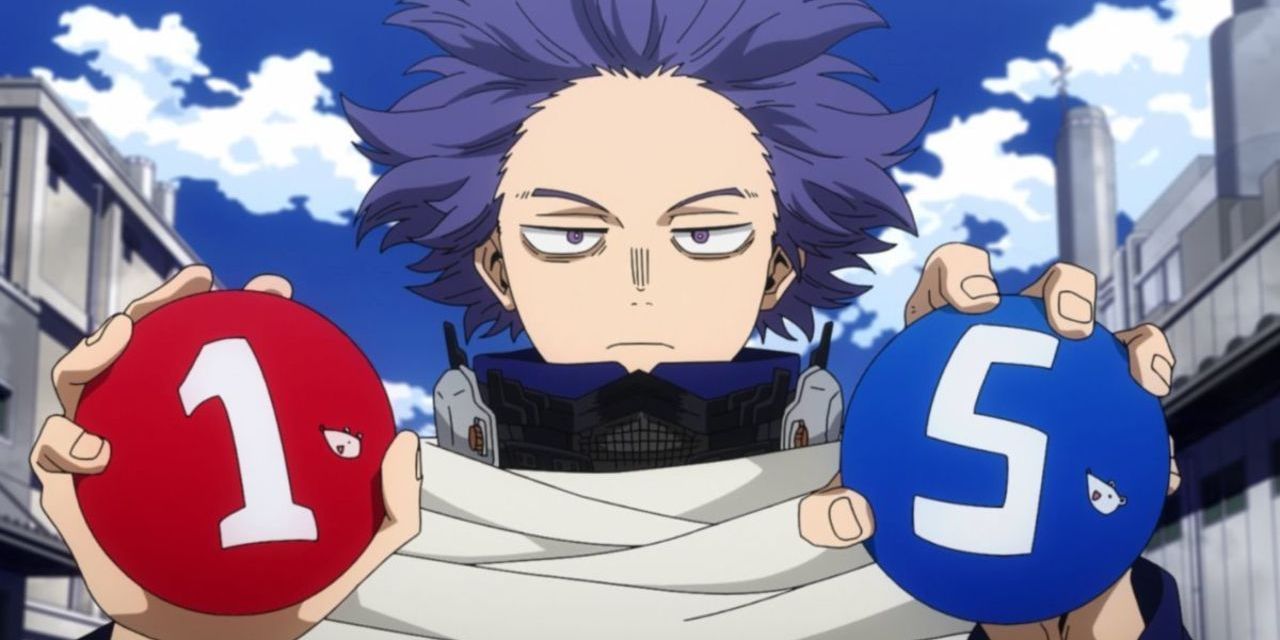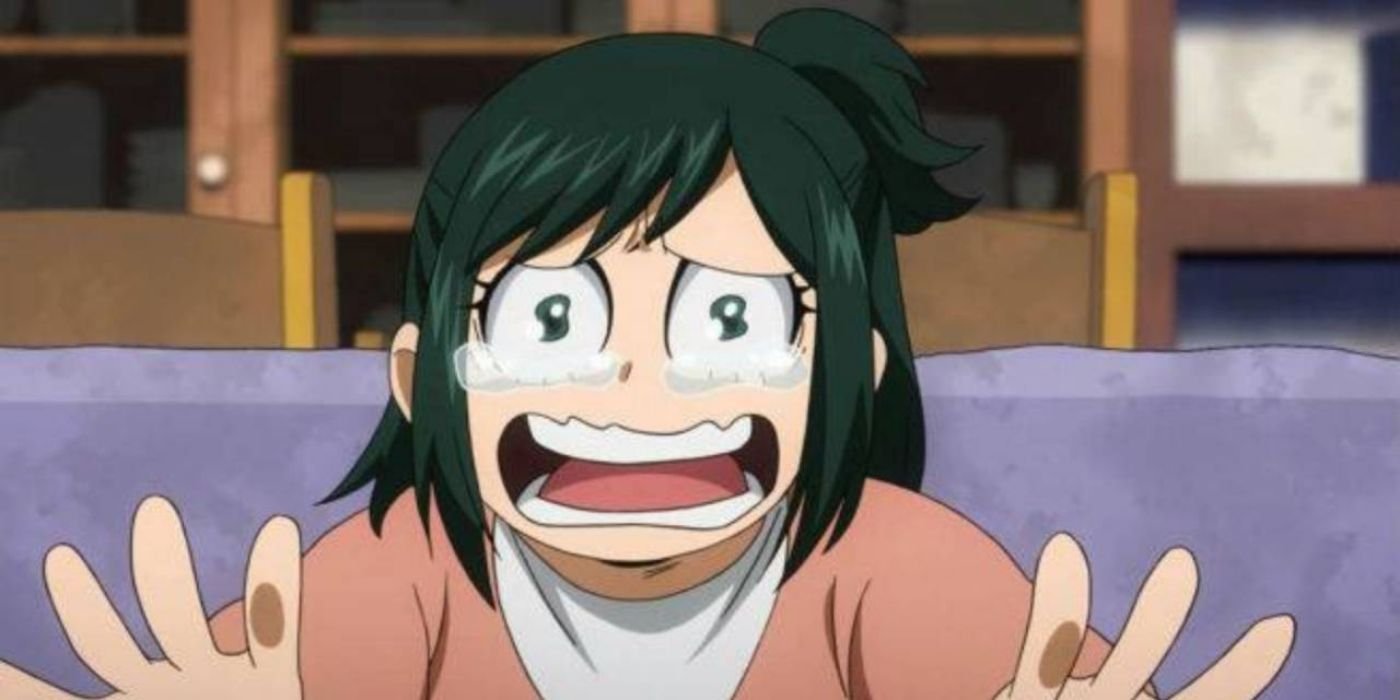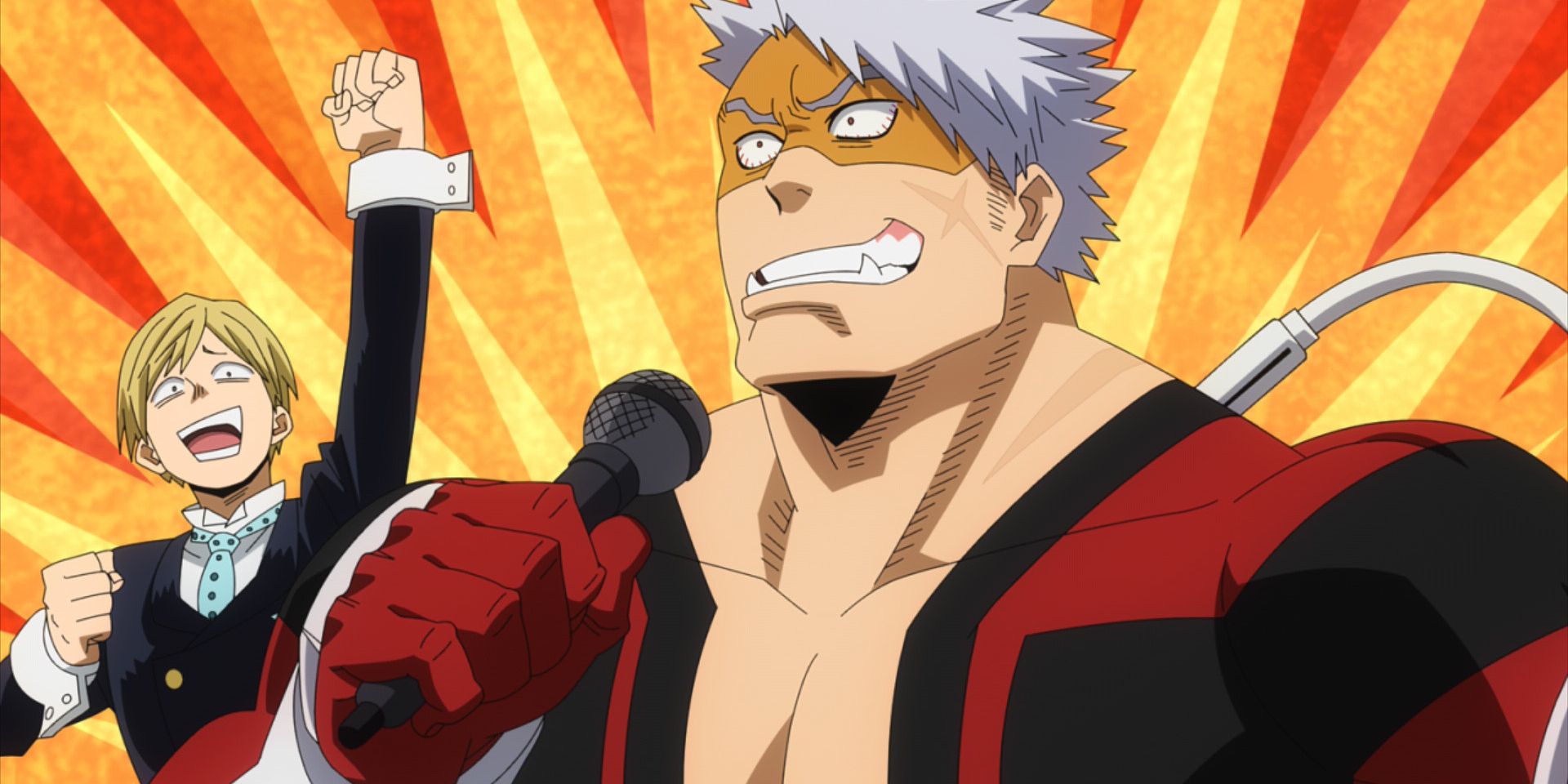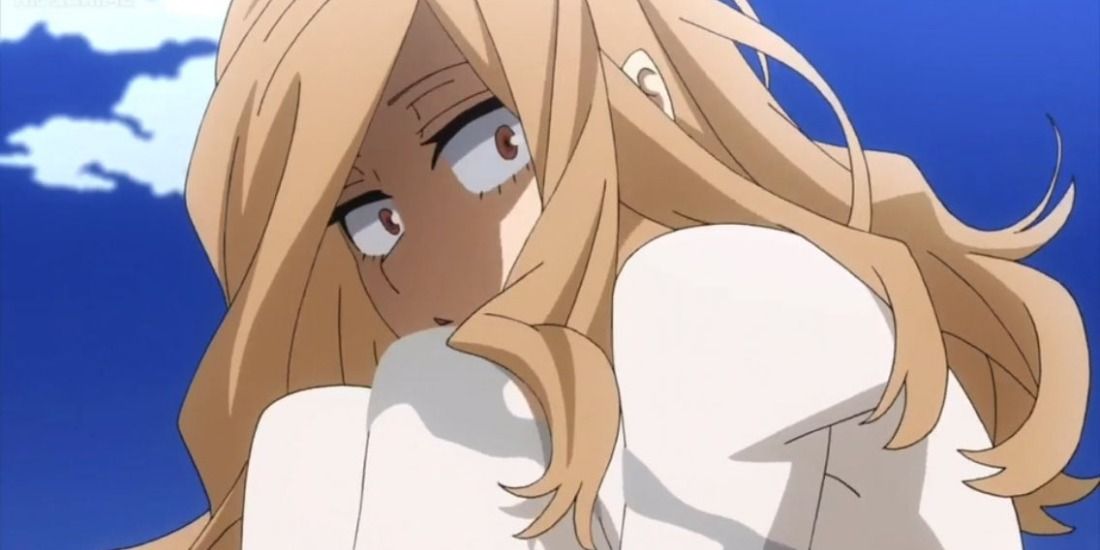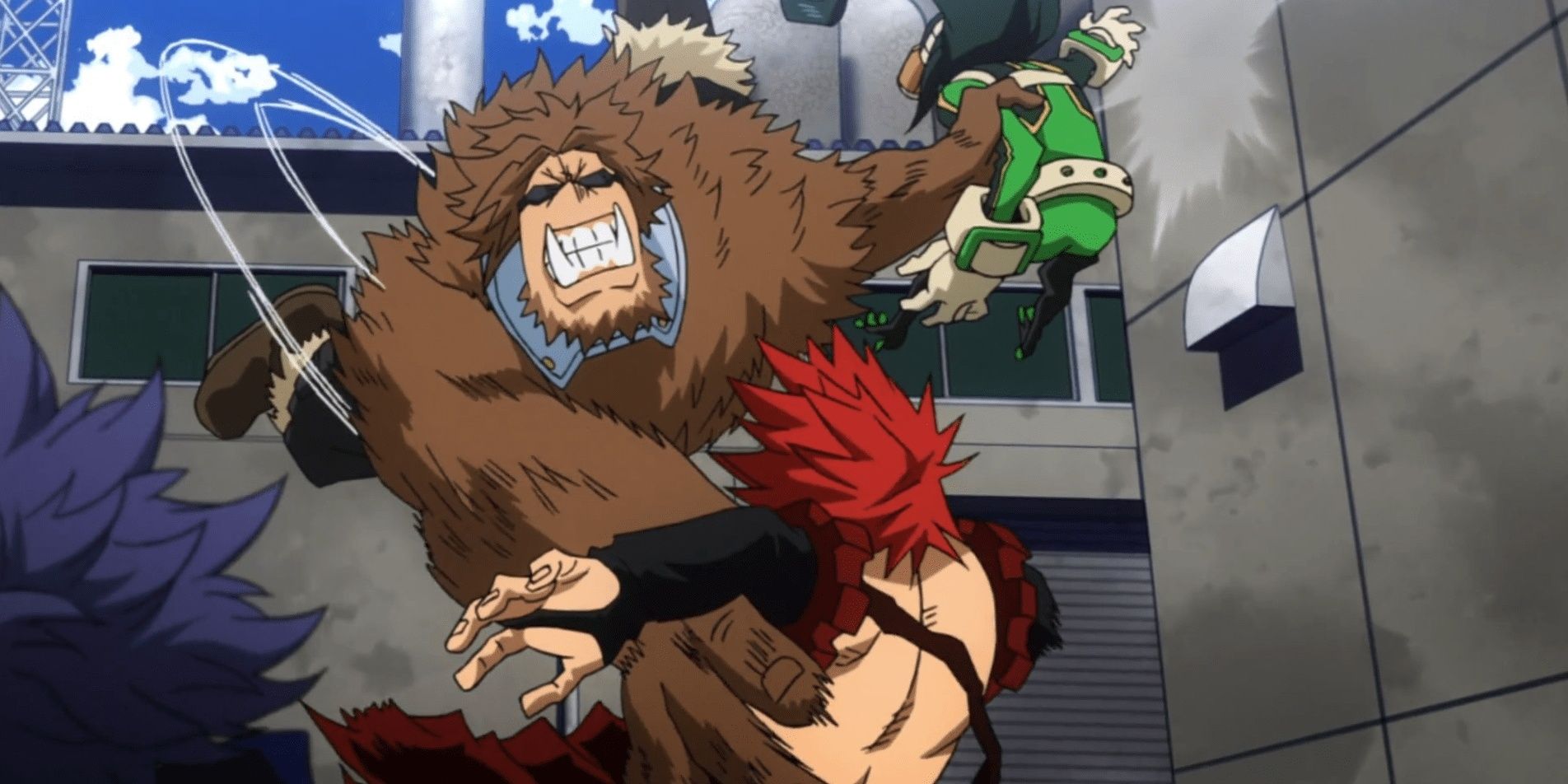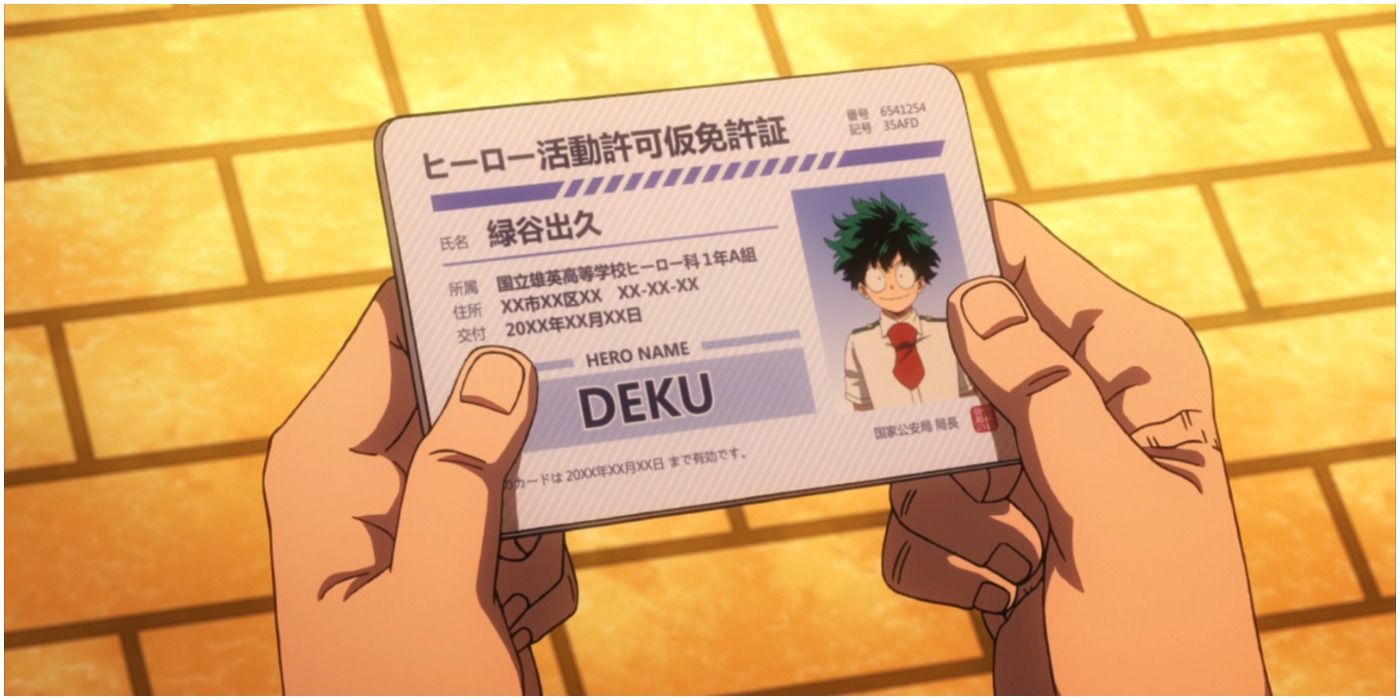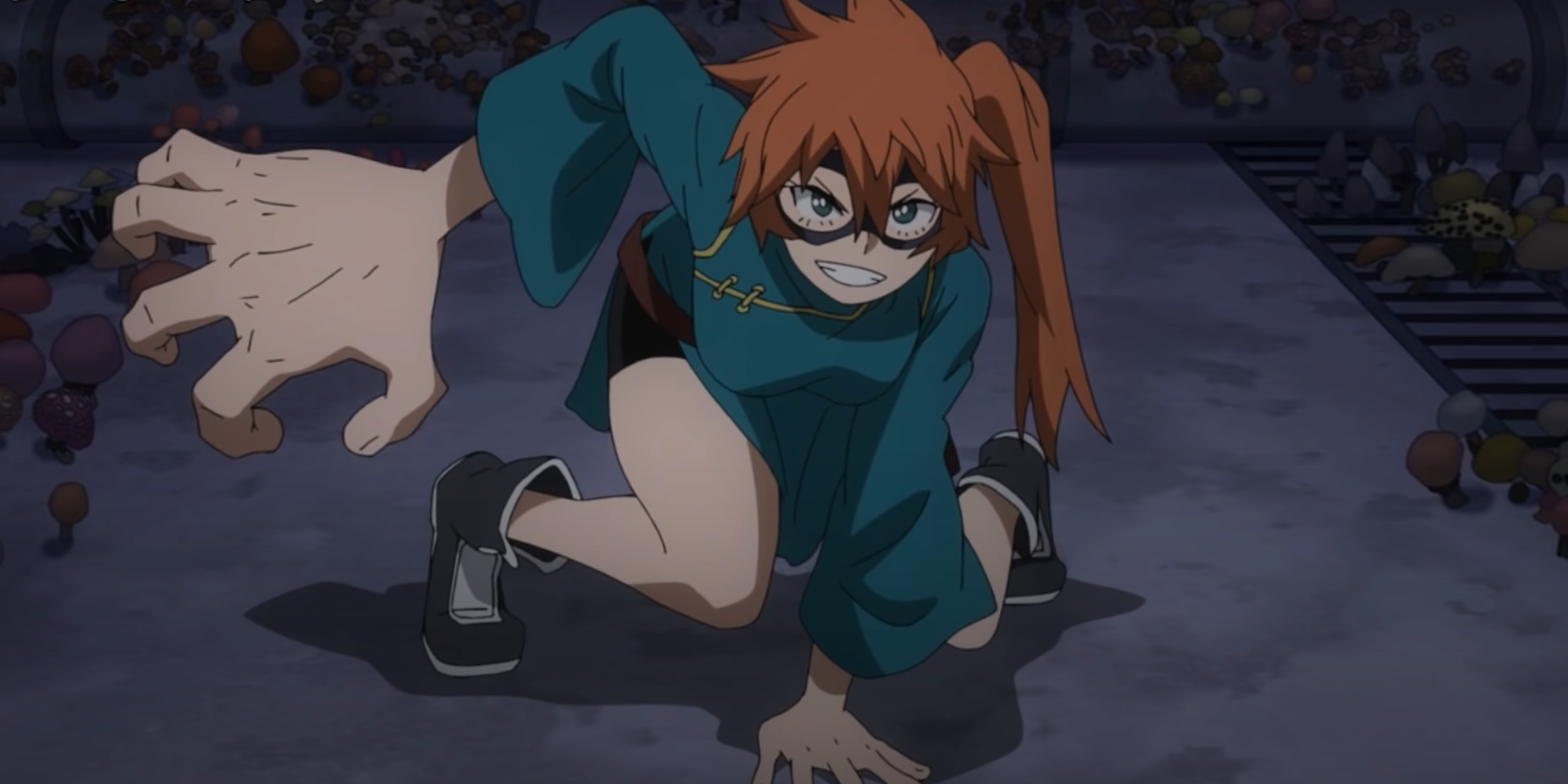Every year there are new and exciting anime series that debut and capture the interest of audiences, but there’s been an unexpected outpouring of passion and support for Kohei Horikoshi’s My Hero Academia. My Hero Academia has grown into one of the biggest shonen series of the decade, largely thanks to its unique perspective on the superhero genre as well as its large cast of characters who continue to mature into impressive heroes.
There are consistent training arcs in My Hero Academia, yet two of the biggest spectacles are the Provisional Hero License Exam Arc and season five’s more recent Joint Training Arc. These events are fundamental, and they both stand out, albeit for different reasons.
10 PROVISIONAL LICENSE EXAM: The Battle Royale Opening Exercise
Some competitions and training exercises in My Hero Academia aren’t compulsory, but the Provisional Hero License Exam is a vital rite of passage for U.A. High students. This is a major qualifying test that proves that heroes are ready to practice heroics out in the real world. Part of the excitement around the Provisional Hero License Exam is that it begins with a chaotic battle royale free-for-all where hundreds of students are unleashed against each other at once. It’s one of the biggest showdowns in the anime and appropriately establishes who’s at the top of the class.
9 JOINT TRAINING: It Shows How Much Every Character Has Grown
Growth and progress make up one of the biggest themes in My Hero Academia, and each season contains necessary benchmarks that demonstrate everyone’s abilities. The Provisional Hero License Exam is a good trial by fire for many, but the Joint Training Arc does a better job with just how much everyone has grown since the start of the series. The Joint Training Arc marks the debut of so many new abilities and evolved Quirks, both from Class 1-A as well as 1-B. Previously neglected characters like Asui and Uraraka suddenly become helpful again.
8 PROVISIONAL LICENSE EXAM: Students Begin To Get Paired Together With Mentors For Interns
Another important component of the Provisional Hero License Exam is that it’s one of the first major opportunities for U.A. High faculty and Pro Heroes to properly assess these budding heroes. The results of the exam are exciting in themselves, but it’s just as thrilling to see Pro Heroes headhunt prospective students to begin their internships under their guidance.
Accordingly, the Provisional Hero License Exam develops important bonds that last for the rest of the series. It’s very satisfying to watch these relationships develop, like how Best Jeanist wants to help cultivate Bakugo’s skills.
7 JOINT TRAINING: Class 1-C’s Hitoshi Shinso Becomes A Major Player
The Joint Training Arc has more than enough to digest with the varied students in Classes 1-A and 1-B, but a wild card who enters the equation is Hitoshi Shinso from Class 1-C. This isn’t Shinso’s first appearance, but he and his Brainwash Quirk have gone through substantial upgrades thanks to Shota Aizawa’s tutelage. Shinso fights against both classes and proves himself as a worthy hero and someone who will be a major player in the next big villain altercation. It’s an extremely thoughtful and entertaining reintroduction to this enigmatic character.
6 PROVISIONAL LICENSE EXAM: The Realistic Fear Experienced By Deku’s Mom
My Hero Academia is an anime where there’s always a looming concern that another villain attack is imminent. The heroes in the series have a tendency to forge forward without always properly taking stock of the drama or emotional toll of it all. One of the more human moments in the anime occurs at the start of the Provisional Hero License Exam when Deku’s mom, Inko, becomes worried over her son’s safety and wants him to drop out of U.A. High. The increased concern from both Inko, as well as All Might over this responsibility, really adds to the stakes.
5 JOINT TRAINING: The Biased Color Commentary That Occurs During Matches
My Hero Academia’s Joint Training Arc offers nearly half a season that’s full of non-stop battles, but there are still a few appreciated moments of levity that occasionally surface. The inherent competitive feud between Classes 1-A and 1-B carries through the Joint Training Arc, and it leads to the competition’s commentary becoming exceedingly biased by 1-B’s Vlad King.
A subplot through the Joint Training Arc is a number of 1-A students fighting for “non-biased commentary,” which is entertaining but also explores a deeper schism between these two sets of heroes at U.A. High.
4 PROVISIONAL LICENSE EXAM: Himiko Toga Infiltrates The Exam As Camie
One of the most unpredictable and worrisome villains to get introduced in My Hero Academia is Himiko Toga. Toga has an unhealthy obsession with Midoriya, and her replication Quirk is triggered with blood in a very disturbing fashion. A major reveal takes place at the end of the Provisional Hero License Exam where it turns out that Camie has actually been Toga under the disguise of her Quirk. The full impact of this isn’t clear at the time, but it’s very dangerous that the League of Villains has been able to pull off such reconnaissance on the heroes.
3 JOINT TRAINING: It Features The Best Co-Operative Fights From The Series
There are five distinct rounds in My Hero Academia’s Joint Training Arc, all of which are extremely satisfying and feature impressive clashes and cooperation of Quirks. The Joint Training Arc does an excellent job with how the 1-A students figure out how to pool their Quirks and work together, but each team faces exciting counterpoints with their opponents. The Joint Training Arc works hard to craft battles that often feel like alternate versions of characters warring with themselves. It’s a better demonstration of teamwork and leadership skills than what the Provisional Hero License Exam explores.
2 PROVISIONAL LICENSE EXAM: Not Everyone In Class 1-A Passes
Shonen anime are very driven by formula and archetypes, which can often result in predictable storytelling. The Provisional Hero License Exam feels like a necessary hoop for the heroes to jump through, but not one that will actually set them back. As a result, it’s a refreshing change of pace when both Katsuki Bakugo and Shoto Todoroki, two of Class 1-A’s strongest students, fail the exam. Bakugo and Todoroki both exhibit different flaws that hold them back. It turns into an important lesson for both of them, and it becomes more compelling to watch them go through the remedial course together.
1 JOINT TRAINING: Class 1-B Truly Come Into Their Own As 1-A’s Equals
My Hero Academia faces the difficulty of needing to effectively manage dozens of characters, all of which are entitled to equal depth to what’s been experienced by Midoriya. Despite this, U.A. High’s Class 1-A is typically the anime’s focus. Class 1-B has been given smaller opportunities to shine, but the Joint Training Arc is truly their showcase. Class 1-B students like Kinoko Komori, Shihai Kuroiro, Manga Fukidashi, and Neito Monoma all make major impressions and step up as characters and heroes. Class 1-A technically wins overall, but it’s far from a one-sided battle.

